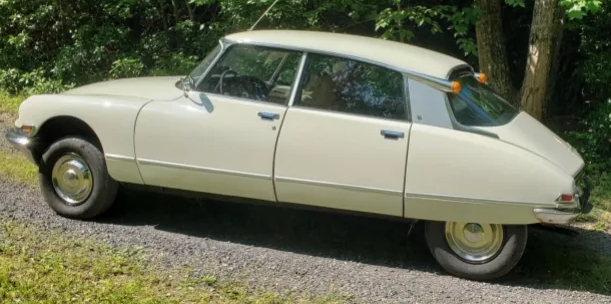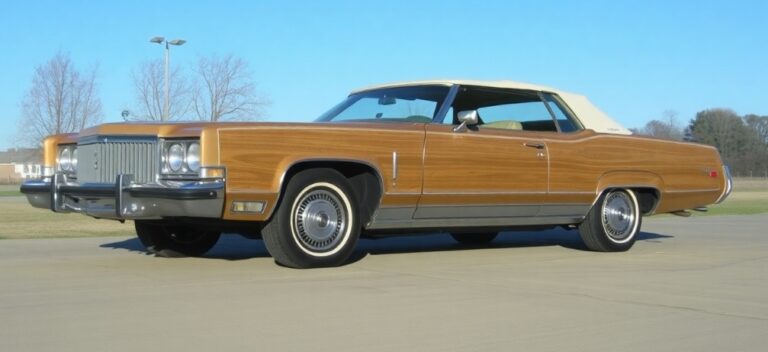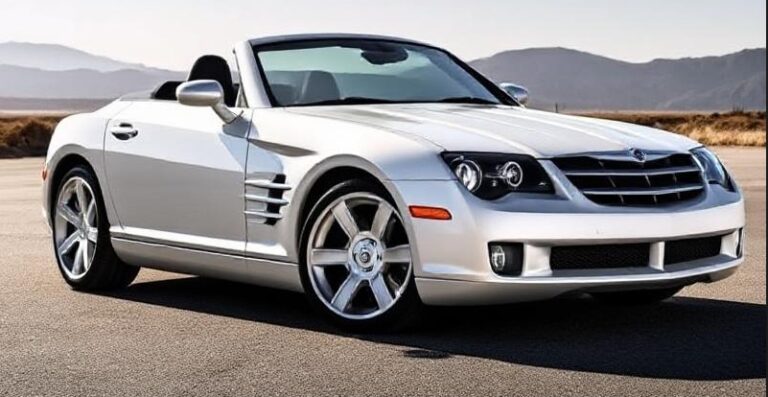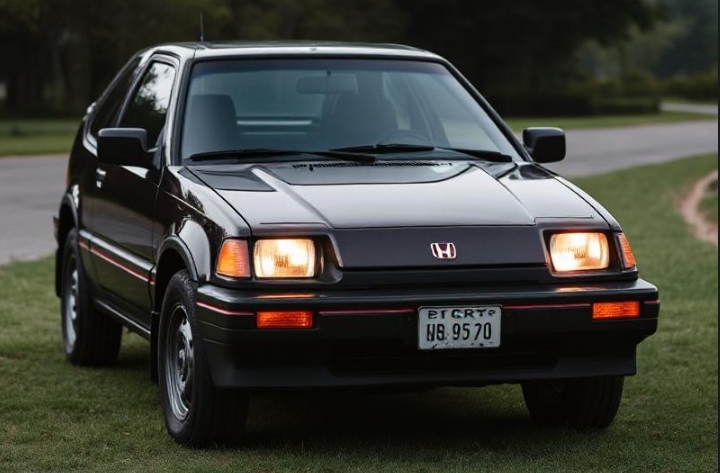The Evolution of the Citroën DS: A Revolutionary Icon in Automotive History
The Citroën DS stands as one of the most iconic and innovative automobiles of the 20th century. Launched in 1955 and produced until 1975, the DS revolutionized automotive design, engineering, and comfort standards. Its distinctive styling, advanced technology, and engineering feats cemented its legacy as a visionary vehicle that challenged conventions and influenced future car design globally.
Introduction and Context
Developed by Citroën, the French automaker renowned for innovation and avant-garde design, the DS (pronounced “Déese”) was introduced at the 1955 Paris Motor Show. Its name, “DS,” was initially a secret code during development, later revealed to stand for “Déesse” (French for “Goddess”). The car was conceived as a successor to the Citroën Traction Avant and aimed to showcase Citroën’s technological prowess.
The DS’s debut was met with immediate acclaim, not only for its aesthetics but also for its groundbreaking features such as hydropneumatic suspension, disc brakes, and aerodynamic styling. Its production span lasted two decades, during which it underwent several updates and variations, maintaining its reputation as a symbol of innovation and luxury.
Production Timeline and Overview
- Production Years: 1955 – 1975
- Total Units Produced: Approximately 1.45 million units
- Main Variations: The model evolved through various series and special editions, reflecting technological improvements and market demands.
Initial Launch and the First Series (1955–1967)
The original Citroën DS was introduced in 1955 and remained largely unchanged in its core design until 1967. During this period, the DS established itself as an automotive marvel with several models and trim levels.
Key Features of the Early DS (1955–1967):
- Hydropneumatic Suspension: Provided unparalleled ride comfort and variable ground clearance.
- Hydraulic Brakes and Steering: Enhanced safety and handling.
- Aerodynamic Styling: Sleek, futuristic body with a low profile.
- Innovative Interior: Spacious, with a single-spoke steering wheel and minimalist dashboard.
- Engine Options:
- Initially powered by a 1.9-liter (1911 cc) inline-four engine.
- Later, a 2.0-liter (1991 cc) engine was introduced.
Models and Trim Levels (1955–1967)
Throughout its early years, the DS was available in different body styles and trim levels, mainly differentiated by features, luxury level, and body type.
Main Body Styles:
- Saloon (Sedan): The standard four-door model.
- Break (Station Wagon): Introduced in 1958, offering increased cargo space.
- Convertible: The “Décapotable,” produced in limited numbers.
- Commercial Van: For utility purposes, based on the sedan platform.
Trim and Variant Levels:
While Citroën did not always formalize trim levels as in modern vehicles, the DS line offered various configurations:
- DS 19: Entry-level, powered by the 1.9-liter engine.
- DS 21: Upgraded with the 2.1-liter engine introduced in 1965.
- DS 23: Launched in 1970 with a 2.3-liter engine, providing more power.
Additional variants included:
- Pallas: A luxury trim level introduced to target more upscale markets, featuring higher-quality interior materials, chrome accents, and additional comfort features.
- Prestige: An even more luxurious version with upgraded interior appointments and distinctive badging.
- Commercial Models: Utility-focused versions with reinforced chassis and cargo space.
Major Facelifts and Updates (1967–1975)
In 1967, Citroën launched the “Series 2” DS, marking the first significant facelift since the original launch. The updates included:
- Exterior Changes:
- Slightly redesigned front grille and headlamps.
- New tail light design.
- Slight modifications to body panels for improved aerodynamics.
- Interior Upgrades: New dashboard design and improved instrumentation.
- Mechanical Tweaks: Slight engine updates and improved suspension components.
In 1970, the “Series 3” DS was introduced, featuring:
- Engine Improvements: Introduction of the more powerful 2.3-liter engine (DS 23).
- Aesthetic Changes: Bumpers were redesigned for better crash protection.
- Additional Trim Levels:
- DS 21 Pallas and DS 23 Pallas: Higher trim levels with luxury features.
- DS 21 and DS 23: Standard trims focusing on performance and utility.
Special Editions and Variants
Throughout its production, the DS was also available in special editions, often celebrating milestones or tailored for specific markets:
- “Série 1” and “Série 2”: Denoting the initial and facelifted versions.
- “Safari” Edition (1970): Built for rough terrain, featuring reinforced suspension and rugged trim.
- “Décapotable” (Convertible): Limited production, highly sought after today.
- “Pallas” and “Prestige” trims for more luxurious buyers.
Technical and Mechanical Evolution
The DS’s technological innovations persisted throughout its lifespan:
- Hydropneumatic Suspension: Constantly refined, ensuring ride comfort and variable ground clearance.
- Braking System: Transitioned from drum brakes to disc brakes, offering improved stopping power.
- Steering: Power-assisted hydraulic steering was standard.
- Engines: Evolved from 1.9 to 2.3 liters, with increased horsepower and smoother operation.
.
THIS might be a great place to get your new car from!
Or for those who are into the “car flipping” business, here’s an excellent resource for you!

.
End of Production and Legacy
Citroën ceased DS production in 1975, replaced by models like the Citroën CX, which continued the brand’s tradition of innovation. Despite discontinuation, the DS’s influence persisted, inspiring future automotive designs and engineering.
In total, approximately 1.45 million units were produced, with various models and trim levels reflecting the evolving automotive landscape of the 1950s through the 1970s.
Summary of Key Models and Trim Levels
| Year Range | Main Models & Variants | Notable Features |
|---|---|---|
| 1955–1967 | DS 19, DS 21, DS 23, Pallas, Prestige, Décapotable, Break | Hydropneumatic suspension, aerodynamic styling |
| 1967–1970 | Series 2 updates, DS 21, DS 23, Pallas, Prestige | Exterior facelift, interior refinements |
| 1970–1975 | Series 3, DS 23, Pallas, Prestige, Safari | Engine upgrades, bumpers redesign |
Conclusion
The Citroën DS remains a testament to automotive innovation, blending cutting-edge technology with avant-garde aesthetics. Its evolution from 1955 to 1975 showcases a relentless pursuit of comfort, safety, and style, setting standards that influenced countless vehicles thereafter. From its initial launch as a revolutionary luxury vehicle to its status as a collector’s icon today, the DS’s legacy endures as a symbol of visionary design and engineering excellence.







